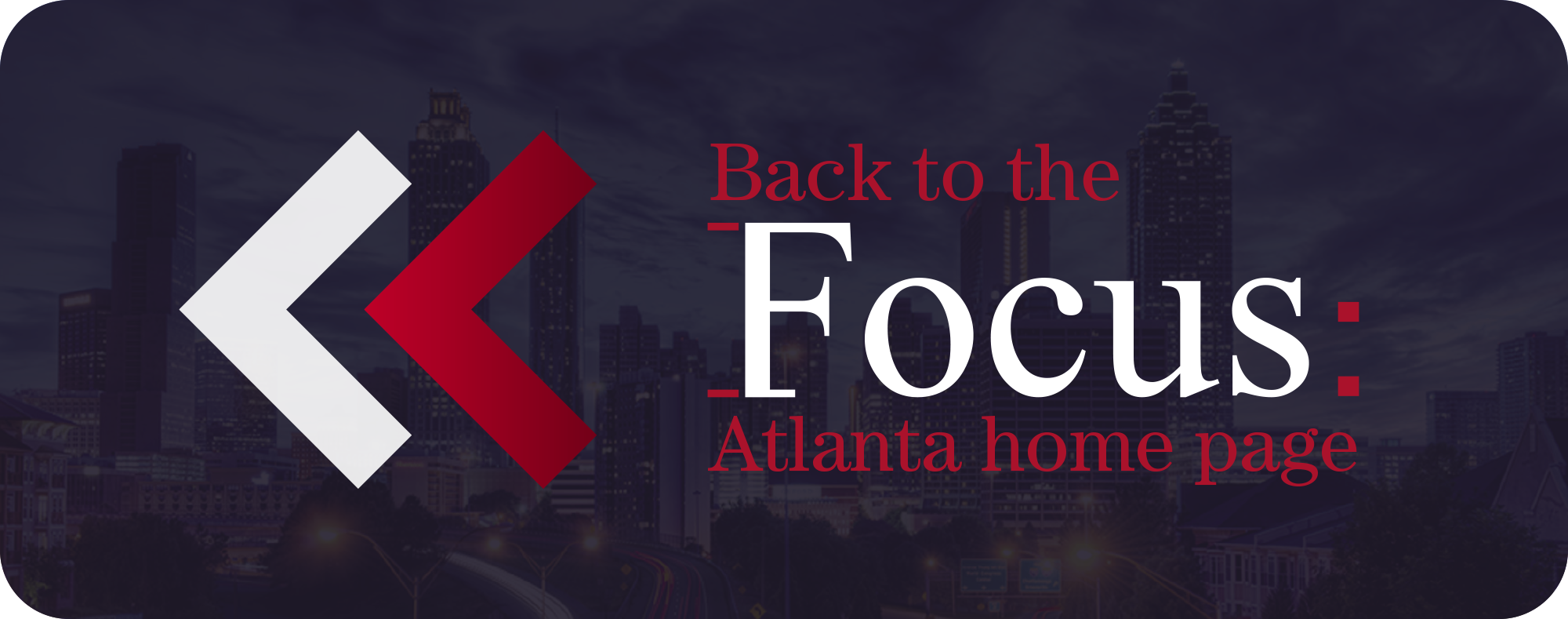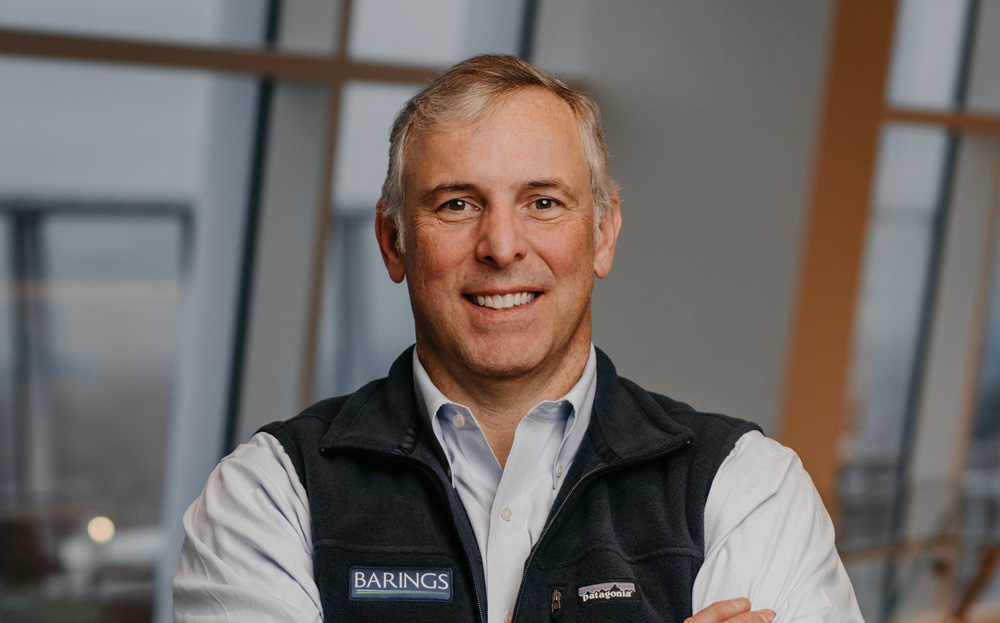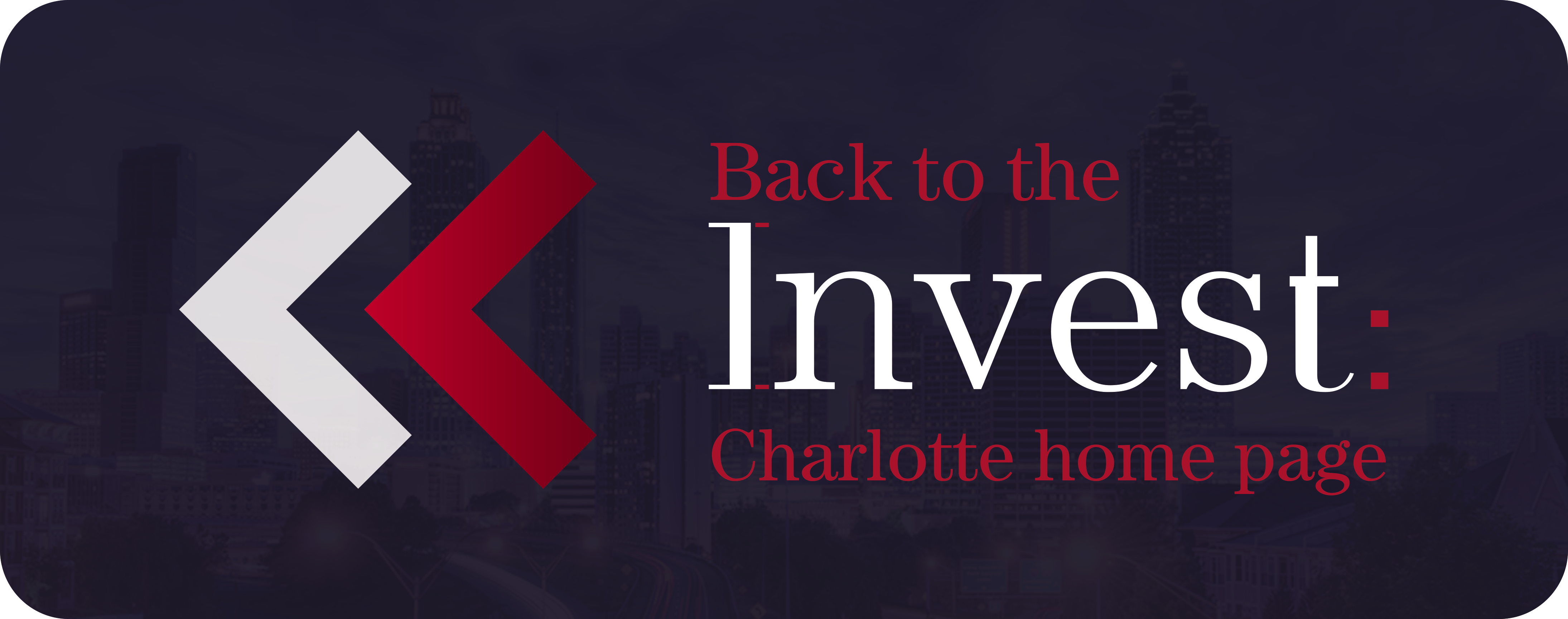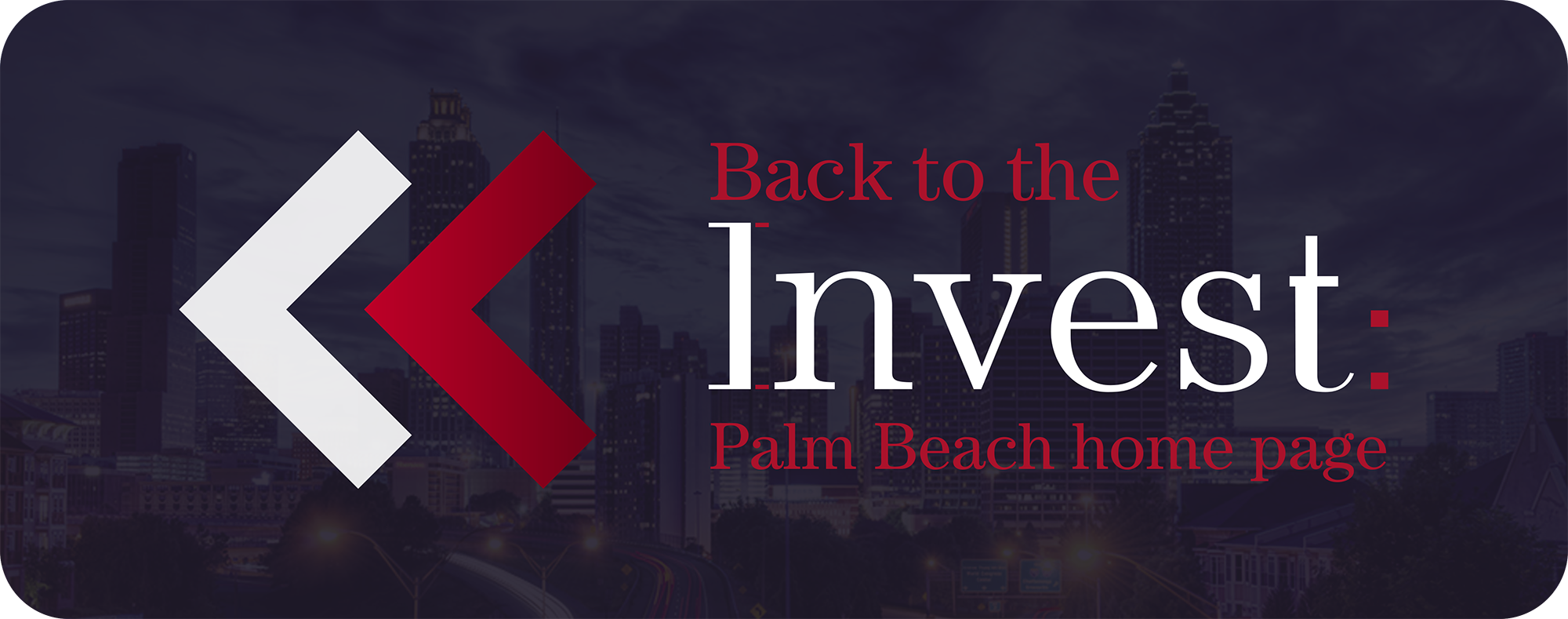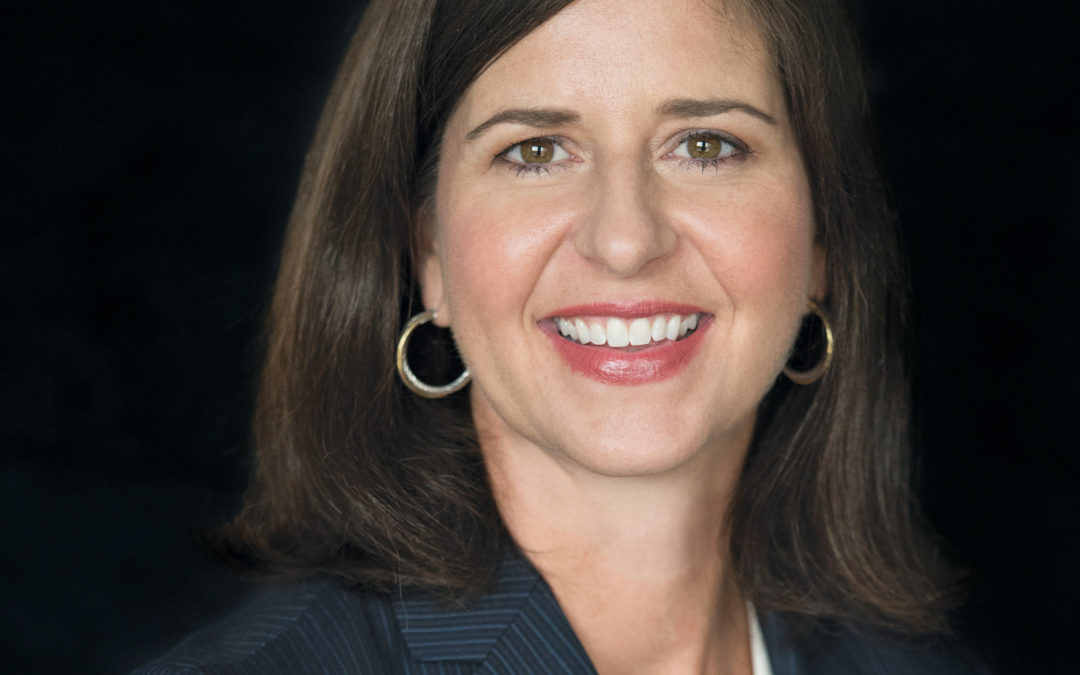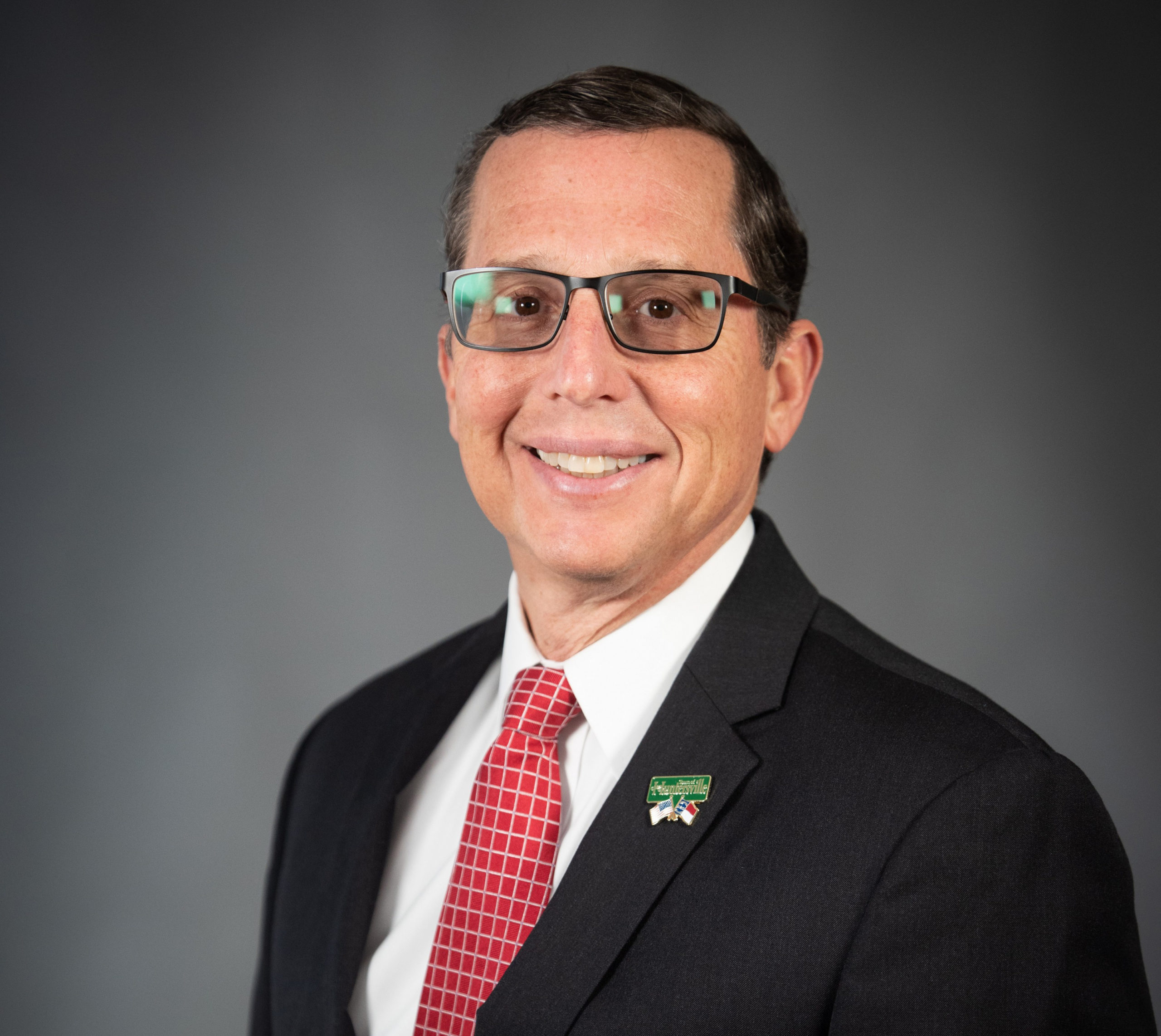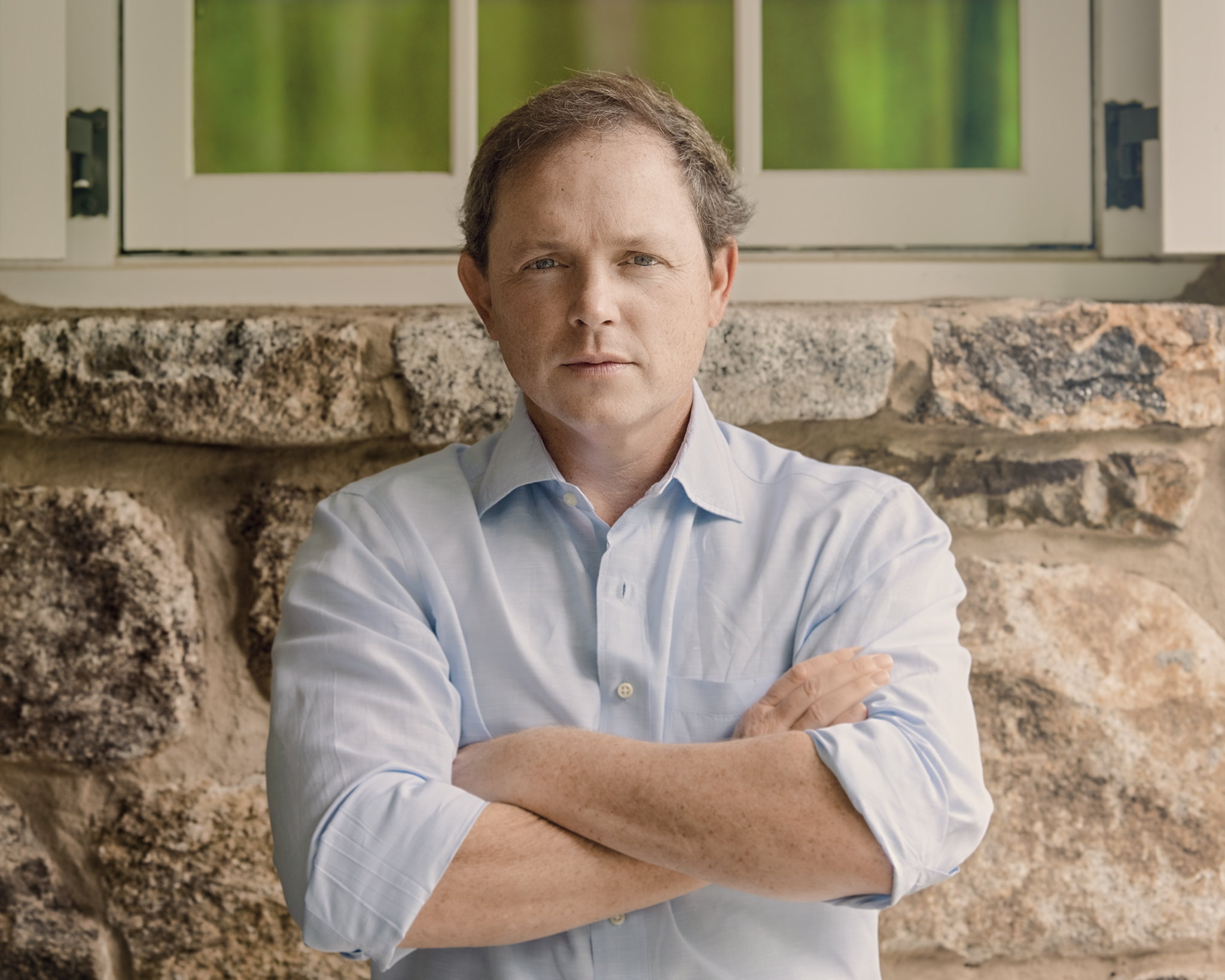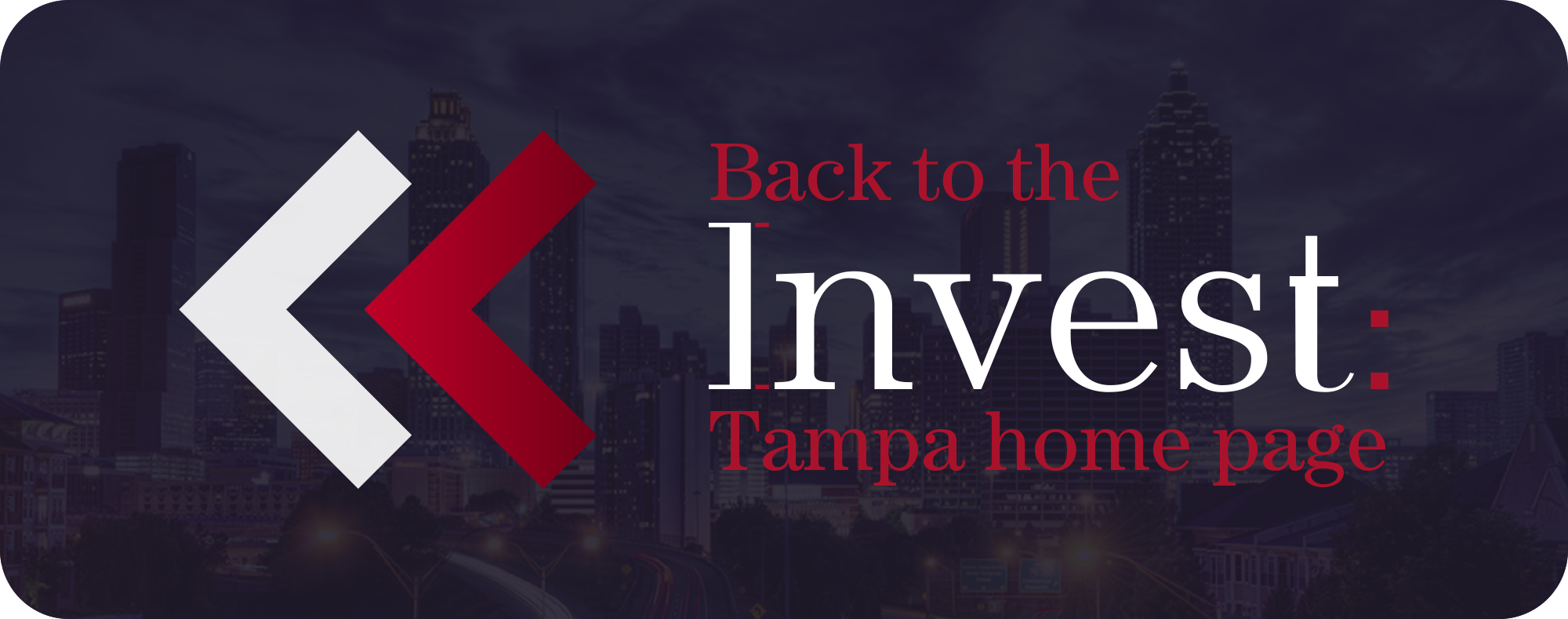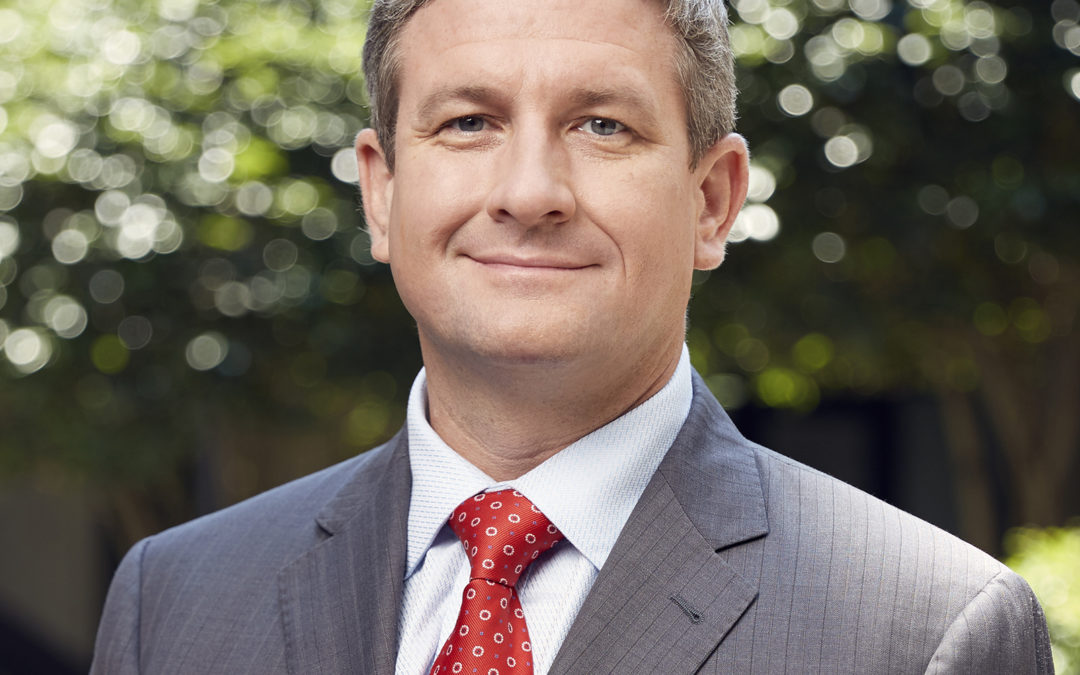
Spotlight On: Tim Perry, Managing Partner, North American Properties
By: Felipe Rivas

2 min read June 2020—The new real estate landscape will belong to those companies who find value through innovation, differentiation and that are ready and able to provide safe environments for their guests. Tim Perry, managing partner of North American Properties, provides the details of how the company is tackling development, leading the community out of isolation, and where it sees opportunity for future investment.
How is your “Smart Development” concept influencing projects across Atlanta’s real estate landscape?
North American Properties began to retool our approach to property operations during our reprogramming of Atlantic Station, a 138-acre mixed-use development in Atlanta that was once on the “death watch” list of many real estate pros. We deployed a hospitality-focused approach, implemented a strategic remerchandising plan and created a heavily activated environment for guests to enjoy. Through trial and error, we curated a robust and mixed-use experience that resonated with the community and turned around the property. We even trademarked the term ExperienceMaker™ to refer to the concierge and operations team that delivered this intrinsic sense of place and belonging to guests – we became stewards of the community’s asset. We were able to deploy this same formula at Avalon in a nationally recognized way and found that the street level activation was only part of it – the ancillary developments were a large contribution to the overall success of a mixed-use destination. Whether working in an office, living in a residential unit, or staying in the hotel, each component contributed to the greater effect, and rent reflected 40%-plus above market.
We are now deploying this same concept at Colony Square in Midtown Atlanta, and Newport on the Levee in Newport, Kentucky. Colony Square will feature the first dense infill theater in the market along with a nationally renowned operator launching a Food Hall. In Newport, amid the leasing angst created by COVID-19, we signed eight leases while on quarantine and opened the Bridgeview Box Park, a colorful, open-air box park featuring local restaurants and retailers, on the Ohio River at the beginning of the summer. Elements like these are not just for our guests, but drive the desire to live near and work near the amenity-rich “Smart Development.”
How is your company tackling ground-up developments?
Residential fundamentals are strong, both in single family with low rates and with multifamily as the trend continues to slowly move toward rent vs own. We will see how the long-term effects of density affect in-town locations, but we are very optimistic on close suburbs where the cost can be reduced. The COVID-19 effect also has turned some landlords of office/retail properties into land sellers of portions of their site for residential, due to lease encumbrances that are expiring or businesses not opening following the pandemic. Commercially, we are seeking existing assets that are mixed-use, or can be turned into a mixed-use development. For example, a surface-parked suburban office project may present an opportunity to add neighborhood amenity retail, residential, hospitality, and at a lower basis than ground-up development of the entire property. It is the community that has to accept the project, so we are being selective.
What is your assessment of the CARES Act?
Small businesses lead the country out of tough economic times – they are nimble, creative, and entrepreneurial at heart. The initial PPP program was really beneficial to small businesses, and was a very creative way of using businesses to essentially put unemployment checks into people’s hands until the program changed and midsized businesses no longer were able to gain that access and employees found themselves in a long queue for unemployment. Having said that, the SBA was trying to find a few solutions for millions of business problems and not all fit, so I applaud the states for letting small businesses reopen to find millions of solutions for the millions of problems. Every industry will be impacted with unemployment over 20% but capital injections into small business will lead us out again.
How is your company tackling the COVID-19 outbreak?
Safety is our first concern, and several weeks before any municipal restrictions were announced, we formed a task force called “Better Together” in order to focus on each property, the unique challenges with each, and our own office staff for a safe re-entry into an open economy. While sanitization and masks were the easy conclusions, our team also researched and invested in virus-killing UV lights, security enforcement of social distancing, forced flow for pedestrian traffic, and an enhanced code of conduct such that every guest feels welcome.
What are North American Properties’ expectations in Atlanta toward 2021?
Innovate and differentiate. There are great assets with unrealized potential that may or may not trade at a discount the market wants but have ample return to invest at values that are still accretive to opportunistic investors. The capital stockpile in the market will be rewarded by smart buys sooner rather than cheap buys later.
To learn more about our interviewee, visit:https://www.naproperties.com/leaders/tim-perry/

